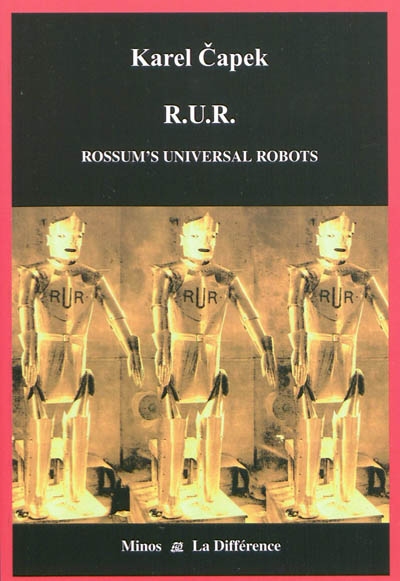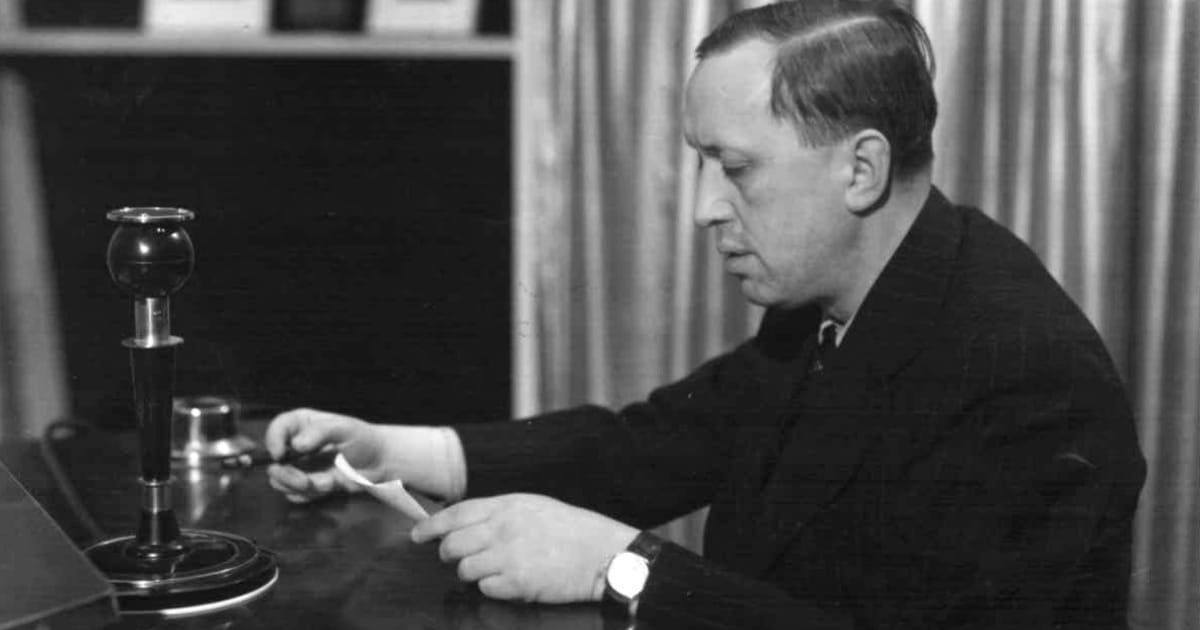



The main, human characters, work in a factory that produces lifelike robots that are used for all kinds of tasks. The premise of Čapek’s play revolves around the idea of a disposable workforce. (Rossum’s Universal Robots) and effectively solidified the word ‘robot’ into the human lexicon. Baum’s Tin Man might even be considered an automaton!īut in 1920, the Czech playwright Karel Čapek published his seminal work, R.U.R. In Homer’s Iliad, Hephaestus is described as having two golden handmaidens who possessed “intelligence in their hearts.” The handmaidens’ purpose was to hold up Hephaestus’ old, frail body, and not much else.Īnd we’ve seen a slew of automatons in literature since the classic Greek days. (Spoiler warning for R.U.R.) Robot PrecursorsĪutomatons and mechanical human facsimiles have been a part of literature for thousands of years. Robot means, according to Merriam Webster, “a machine that resembles a living creature in being capable of moving independently and performing complex actions.” Or, on a rudimentary level, “a device that automatically performs complicated, often repetitive tasks.”īut, to really get to the source of the robot definition, we have to take a trip back to 1920, Czechoslovakia. Nowadays, the term robot has come to mean a few different things, whether that’s Terminator, a Roomba, or the industrial robots used on manufacturing assembly lines.


 0 kommentar(er)
0 kommentar(er)
